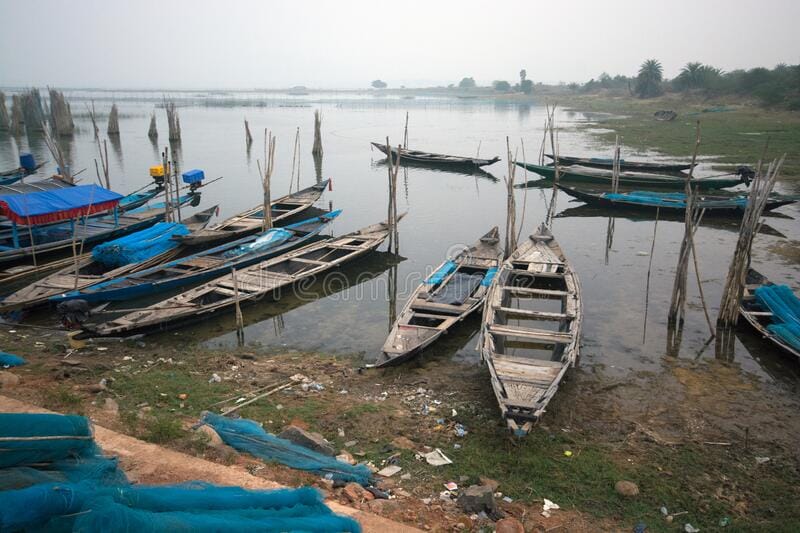World wetlands day is celebrated every year on 2nd February to raise awareness about the importance and conservation of wetlands. In the current year, 2022, “Wetlands Action for People and Nature” is the theme of this day which highlights the importance of actions to ensure the conservation and sustainable use of wetlands for humans and planetary health. The convention on wetland was held in the Iranian city of Ramsar in 1971. The convention aimed to create awareness about the wetlands worldwide. India became a party to the Ramsar Convention on 1st February 1982, and about 47 wetlands are covering 10, 90,230 hectares in India designated in the list of wetlands of international importance. There are two Ramsar sites are in Odisha i.e Chilikalake and Bhitarkanika mangroves.

Most of the commercial fish species inhabiting the waterlogged wetland ecosystem are primarily the members of the families Clupeidae, Notopteridae, Cyprinidae, Bagridae, Siluridae, Schilbeidae, Heterptneustidae, Belonidae, Ambassidae, Nandidae and Channidae etc. The swampy wetlands are also known as daldal, and these ecosystems provide congenial for the marshy vegetation and growth of fishes like Wallago attu, Clupisoma garua, Heteropneustes fossils, Clarias batrachus, Mystus Vittatus, Anabas testudineus, Notopterus chitala, Channa gachua, Channa marulius, Channa punctatus, Channa striatus, Nandus nandus, etc. In floodplain wetlands, intensive fishing is carried out by the fishers with the help of various gears such as fine mesh nets, cast nets, surface gill nets, bottom gillnets, scoop nets, long lines, dip nets, pole and lines.
Wetland fisheries are directly affected by climate change. Floodplain wetlands are among the most threatened ecosystems. The people living near the wetlands are highly dependent on the wetland ecosystem and are being harmed by their degradation. Increased temperature, sea-level rise, floods, droughts, and cyclones affect the fish stocks and future food production systems. The major threats faced by the wetlands include climate change, urbanization, industrialand agricultural activities near the wetlands and exploitation of the land for food, wood and fodder. So measures should be taken for its conservation on the lines of holistic and multidisciplinary approaches.
